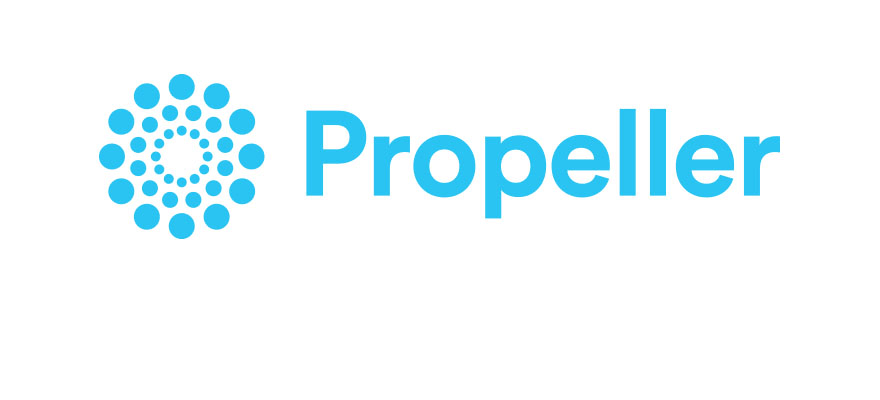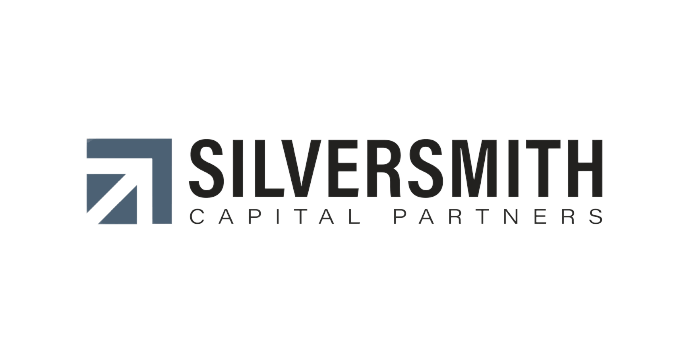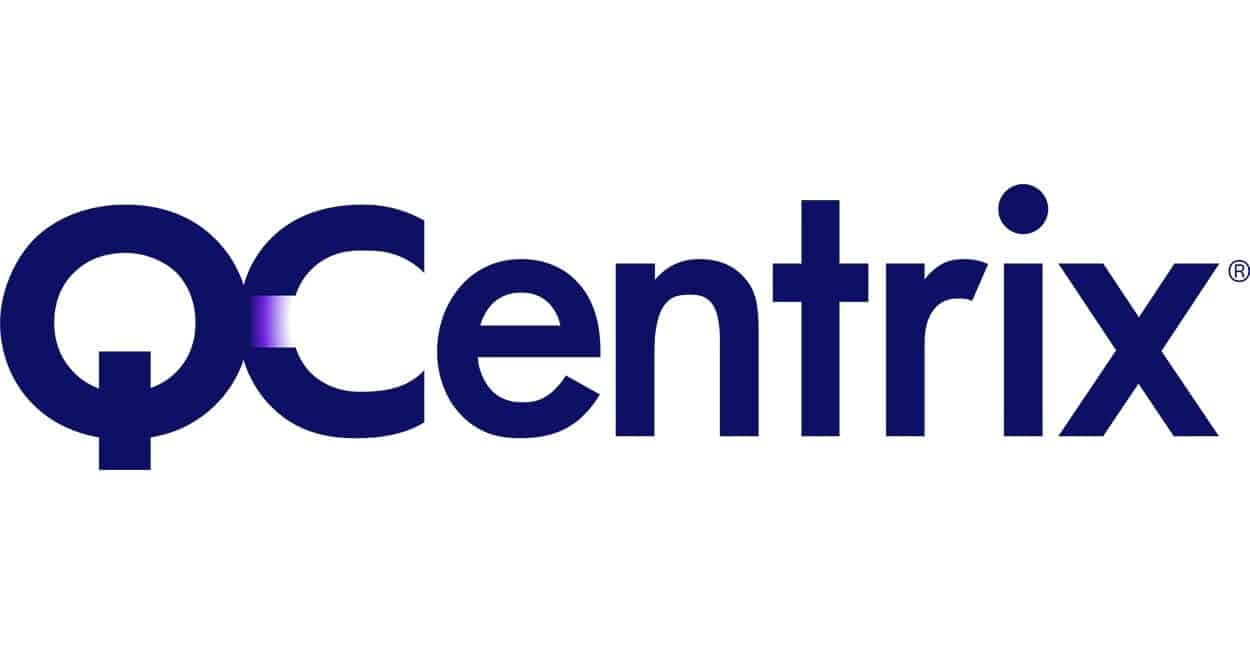In any given year, about 35% of the searches carried out by Chasm Partners focus on commercial leadership roles. Whether the title is Chief Revenue Officer, Chief Commercial Officer, or Head of Sales, the commercial leader is often the most critical and challenging position for a growing company to fill. This need becomes even more urgent after raising capital, where there's an expectation of significant revenue growth and a demand for an experienced leader to achieve those targets.
Despite the critical nature of this role, search partners like Chasm are often brought in after one or more commercial leaders have already failed in the organization. While we all may have to “kiss a few frogs” in our lifetimes, the search for your organization’s commercial leader should feel less like a guessing game and more like a strategic elimination tournament. By working closely with your search partner, you can narrow your scope and find the right leader to meet your growth objectives.
Shifting Trends in Commercial Hiring
Before understanding how to adjust your recruitment strategy, let’s quickly review what has changed in the past 18 months regarding the shifting demand for commercial leadership talent:
2023 Trends: Focus on Profitability
- Noticeable decline in searches for commercial leaders
- Executive hiring trends shifted towards CEO, Operations, and CFO roles
- Investors prioritized a "path to profitability" over "growth at any cost"
2024 Trends: Renewed Demand for Revenue Leaders
- The demand for revenue growth leaders has resurged, especially among companies selling to providers
- Significant interest also returning in the health plan and employer sectors
- Factors such as point solution fatigue, consolidation, and vendor rationalization continue to shape the market dynamics
The Challenges of Recruiting Commercial Leadership
The role of the commercial leader typically focuses on a few key responsibilities:
- Deliver the year-over-year revenue growth embedded in your forecast and expected by the Board.
- Evaluate the sales team, if one exists, and upskill, transition and/or hire a high-performing team of individual sellers. Alternatively, this individual may be charged with building the team from the ground up – hiring the first reps, BDRs, sales operations, etc.
- Architect and hard-wire a repeatable, scalable sales process.
- Serve as the voice of the customer and internal collaborator with product, engineering, and marketing to ensure your solution is built to deliver its value proposition.
This seems straightforward yet the search for a qualified, proven leader may be the toughest search a company faces. The ideal candidate profile typically looks something like this:
Ideal Candidate Profile
“Seasoned commercial leader with a demonstrated track record of delivering on revenue growth in a (VC) or (PE) backed environment and scaling from $X to $XX in three years, leading to a successful exit… in the specific market segment – plans, providers, employers and or life sciences.” Add “with a SaaS product or services company” depending on your offering.
Finding candidates who fit this profile can be challenging, especially considering that the number of companies that have scaled and exited successfully according to plan is relatively small. Not to mention, the ideal candidate must have been in a leadership role long enough to drive growth, hire the team, and establish the sales strategy. Now the talent pool is even smaller.
Market Realities and Misfires
Although in high demand in healthcare organizations across all growth stages, many high-performing sales leaders are naturally drawn to startup opportunities that promise equity and significant growth. However, these roles often come with the risk of unmet expectations, resulting in a “misfire.”
The Cycle of Misfires
Young companies frequently cycle through two to three sales leaders within the first few years. This can occur for a number of reasons, but it is most regularly due to severe misalignments. In some cases, the product failed or expectations were unmet — either the candidate underdelivered or the board’s expectations were unrealistic. In other cases, the organization opted for a “quick” hire through a network or investor referral that went awry. For these reasons and others like them, it’s not uncommon to come across multiple sales leaders with short tenures on their resume due to “misfires.”
Ultimately, this level of churn hurts both parties. Not only is it expensive but damaging to the primary goal: growth.
The Value of a Professional Search Partner
The truth is that complex searches like these can be kept in-house. I’ve seen it work. However, in my experience as a recruiter and operator in healthcare across the past 25 years, I can speak first-hand to the benefits of working with a search partner, especially for highly critical roles such as this.
A few specific value-adds include:
- A warm candidate pipeline with multiple potential fits for the role. Given the volume of searches your partner has conducted, search professionals have a good read on the talent pool and have likely interacted with the candidates in the past.
- Function-specific expertise to cut through the “noise.” Sales leaders, by nature, are excellent at selling themselves. Working with a search partner who has specific functional expertise can help weed out unfit candidates.
- Professional assessments specifically designed for sales leaders at the finalist stage to further validate and better understand the candidate’s true working style.
At Chasm, we also offer onboarding coaching sessions through ChasmLead to help your new leader integrate seamlessly into your company and further reduce the chance of a misfire. In fact, 94% of ChasmLead coached placements remain in-seat for more than one year.
Conclusion
If your organization is struggling to recruit and retain commercial leadership, consider the value add of partnering with a search team that specializes in healthcare and commercial searches. If you’re going to do it, take the time to do it right, and leave the “frog kissing” to the professionals.
Continue reading:
This article was written by Pam Zients, Partner at Chasm Partners. Pam specializes in commercial leadership placements at healthcare services and technology companies.
To continue the conversation with Pam, connect with her on LinkedIn.
















































































































































































































































